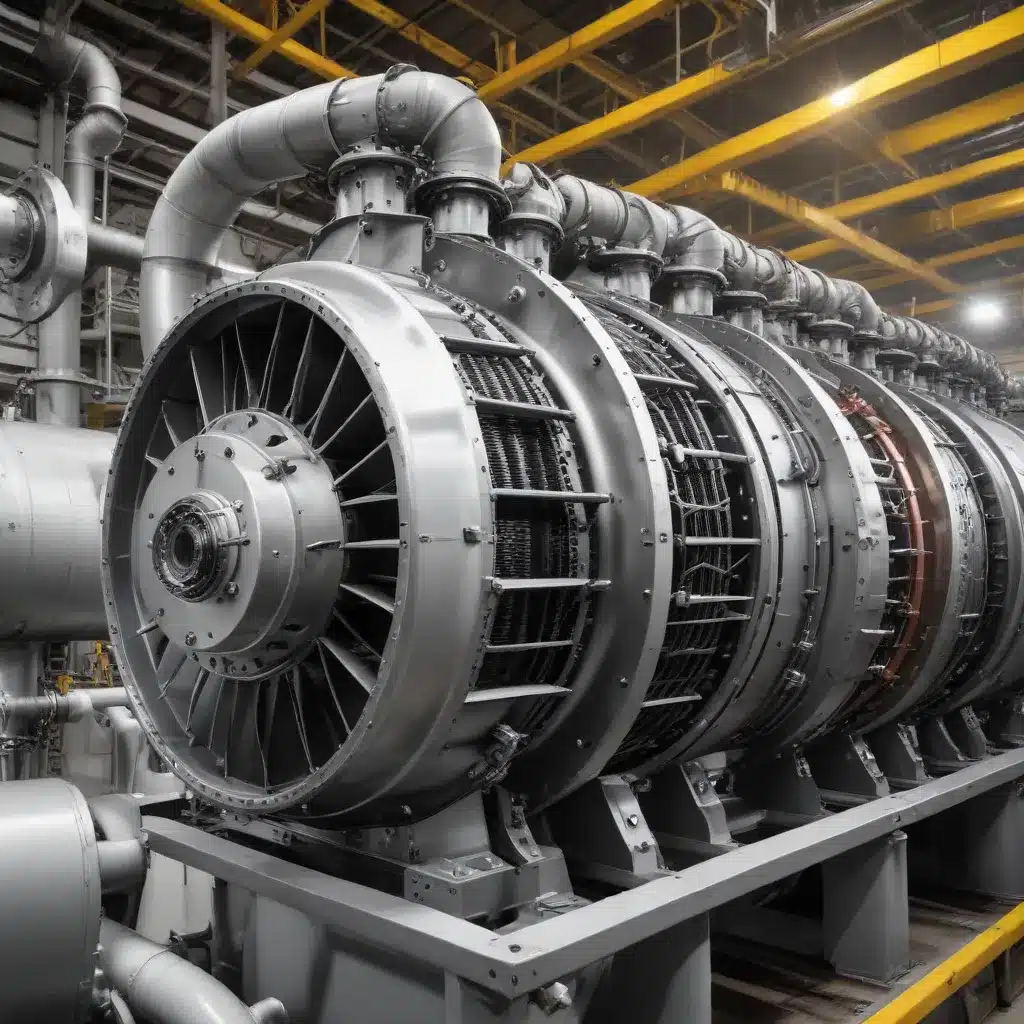
The Importance of Air-Cooled Heat Exchangers in Industrial Processes
Air-cooled heat exchangers are the unsung heroes of industrial operations, silently ensuring the efficient transfer of thermal energy across a wide range of applications. From power generation and chemical processing to HVAC systems, these versatile workhorses play a pivotal role in enhancing efficiency, reducing costs, and driving sustainability initiatives. As the global emphasis on energy efficiency escalates, the importance of maintaining optimal air-cooled heat exchanger performance becomes paramount.
In critical industrial settings, the reliable operation of air-cooled heat exchangers is non-negotiable. Unplanned downtime or degraded performance can lead to costly disruptions, compromised product quality, and even safety concerns. Proactive maintenance strategies are, therefore, essential for mitigating these risks and ensuring the long-term, consistent performance of air-cooled heat exchangers.
Factors Influencing Air-Cooled Heat Exchanger Performance
The efficiency and longevity of air-cooled heat exchangers are influenced by a multitude of factors, including:
-
Fluid Flow Management: Achieving uniform fluid distribution and optimal flow velocities is crucial for maximizing heat transfer effectiveness and preventing operational challenges like fouling.
-
Thermal Design Considerations: The arrangement of fluid paths (counter-flow vs. crossflow) and the selection of high thermal conductivity materials play a pivotal role in the overall thermal efficiency of the heat exchanger.
-
Fouling Prevention: The accumulation of unwanted deposits on heat exchange surfaces, known as fouling, can significantly diminish efficiency. Implementing proactive measures is essential for maintaining peak performance.
-
Lubricant and Fluid Selection: Choosing fluids with high thermal conductivity and ensuring proper lubrication of mechanical components contribute to enhanced system reliability and efficiency.
-
Insulation Strategies: Effective insulation minimizes heat loss and optimizes energy efficiency, directing the transferred thermal energy toward the intended processes.
-
Temperature Control and Adaptability: Maintaining precise temperature differentials and implementing variable flow and temperature control systems allow the heat exchanger to adapt to changing operational conditions.
Understanding and addressing these factors through a comprehensive predictive maintenance strategy is the key to ensuring reliable air-cooled heat exchanger operation in critical applications.
Predictive Maintenance Strategies for Air-Cooled Heat Exchangers
Implementing a proactive, data-driven approach to maintenance is essential for maximizing the performance and longevity of air-cooled heat exchangers. Here are the key strategies to consider:
1. Routine Inspections and Preventive Maintenance
Establishing a robust inspection and maintenance schedule is the foundation of a predictive maintenance program. Regular visual inspections, non-destructive testing, and scheduled cleaning help identify potential issues before they escalate into significant problems. Documenting maintenance activities and monitoring historical performance data provide valuable insights for optimizing the maintenance program over time.
2. Continuous Monitoring and Data-Driven Optimization
Integrating sensors and monitoring systems throughout the heat exchanger system allows for the continuous collection of performance data. Real-time monitoring of parameters like temperature, flow rates, and pressure levels enables early detection of anomalies and facilitates data-driven decision-making to optimize the system’s operation.
The implementation of Computational Fluid Dynamics (CFD) simulations can further enhance the understanding of fluid dynamics and thermal performance, aiding in the design and troubleshooting of air-cooled heat exchanger systems.
3. Predictive Maintenance Strategies
Leveraging the data gathered through continuous monitoring, predictive maintenance strategies can be employed to anticipate when components may require attention. By analyzing trends and identifying potential failure points, operators can proactively schedule maintenance activities, minimizing unexpected downtime and maximizing the lifespan of critical components.
4. Adaptable Control Systems
Implementing variable flow and temperature control systems allows air-cooled heat exchangers to adapt to changing operational conditions, optimizing energy usage and maintaining consistent performance. These adaptive systems respond to fluctuations in load requirements, ensuring the heat exchanger operates at peak efficiency across a range of scenarios.
5. Waste Heat Recovery and Energy Efficiency
Integrating air-cooled heat exchangers into heat recovery applications, such as preheating fluids or harnessing waste heat for other processes, can significantly enhance overall energy efficiency and contribute to sustainability initiatives. By capturing and repurposing thermal energy that would otherwise be lost, heat exchanger systems become key players in driving down energy consumption and greenhouse gas emissions.
6. Comprehensive Maintenance Documentation and Compliance
Maintaining detailed records of all maintenance activities, inspections, and repairs provides a historical perspective on the heat exchanger system’s performance. This documentation aids in trend analysis, facilitates predictive maintenance, and ensures compliance with industry standards and regulations. Regular audits against compliance requirements help maintain the integrity of the heat exchanger system and its safe operation.
Leveraging Advanced Technologies for Optimized Performance
The integration of cutting-edge technologies, such as Computational Fluid Dynamics (CFD) simulations, enhances the design, optimization, and troubleshooting of air-cooled heat exchanger systems. These advanced tools enable engineers to:
- Visualize and optimize fluid flow patterns, ensuring uniform distribution and effective heat transfer
- Predict thermal performance under various operating conditions, identifying areas for improvement
- Explore design iterations virtually, accelerating the optimization process
- Troubleshoot existing systems and anticipate potential issues before they manifest
By harnessing the power of CFD simulations, industries can refine heat exchanger designs, improve efficiency, and extend the lifespan of these critical components, aligning with the broader goals of sustainability and cost-effectiveness.
Conclusion: Towards Reliable and Sustainable Air-Cooled Heat Exchanger Operations
In the ever-evolving landscape of industrial processes, the optimization and reliable operation of air-cooled heat exchangers emerge as pivotal contributors to efficiency, cost savings, and environmental sustainability. By implementing a comprehensive predictive maintenance strategy, incorporating advanced technologies, and embracing energy-efficient practices, organizations can ensure the consistent, high-performance operation of these essential thermal management systems.
As industries continue to navigate the challenges of a more sustainable future, the role of air-cooled heat exchangers will only grow in significance. By prioritizing proactive maintenance, adaptability, and technological innovation, organizations can unlock the full potential of these unsung heroes, driving forward a future marked by energy efficiency, cost-effectiveness, and environmental stewardship.

